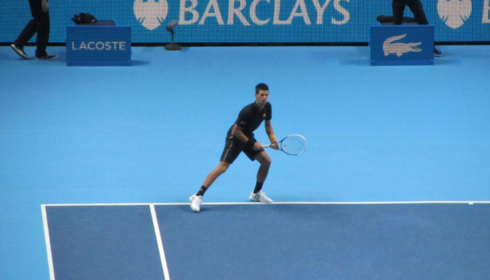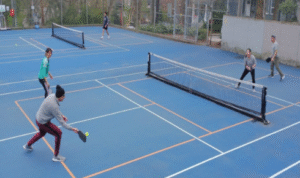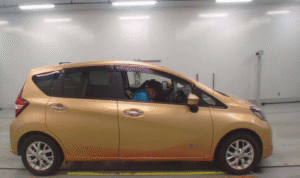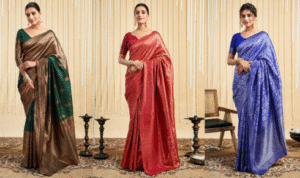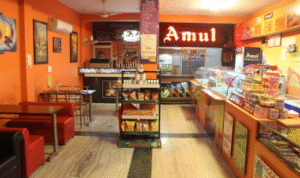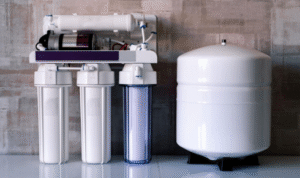When planning to build or upgrade a tennis court, one of the most critical decisions is selecting the right tennis court flooring material. The right surface affects not only the game’s quality but also the safety, longevity, and maintenance requirements of the court. With various options available in India, understanding your choices will help ensure the court delivers long-term performance and remains cost-effective.
Why Flooring Material Matters
Tennis court flooring is more than just the surface athletes play on—it determines how the ball bounces, how players move, and how durable the court is under constant foot traffic and weather changes. Choosing the right material helps minimize cracks, reduce maintenance costs, and enhance playing consistency for years.
A well-constructed surface should offer:
- Consistent bounce
- Grip and slip resistance
- Shock absorption
- UV and weather resistance
- Low maintenance
Whether you’re building an indoor tennis court for a club or an outdoor recreational court in a school or society, your choice of material must align with your location, usage, and budget.
Types of Tennis Court Surfacing Materials
There are several materials used for tennis court surfacing, each with its advantages and limitations. Here are the most common ones used in India:
1. Synthetic Acrylic Flooring
- Best suited for: Outdoor tennis courts
- Properties: UV resistant, anti-skid, weatherproof
- Features: Multi-layer coating on a concrete base, customizable colors and texture
- Advantages: Low maintenance, affordable, quick installation
- Cost: ₹350 – ₹600 per sq. meter
Synthetic acrylic is the most widely used tennis court synthetic flooring in India. It provides excellent ball bounce, grip, and long-lasting performance even under extreme weather conditions.
2. PU (Polyurethane) Sports Flooring
- Best suited for: Indoor tennis courts or high-end multi-sport facilities
- Properties: Seamless, shock-absorbing, and long-lasting
- Features: Applied as a liquid over a leveled surface, forms a uniform layer
- Advantages: Comfortable underfoot, excellent for regular use
- Cost: ₹800 – ₹1200 per sq. meter
PU flooring offers great playing comfort and is popular in sports halls and indoor stadiums.
3. Modular Interlocking Tiles
- Best suited for: Portable, recreational, or temporary courts
- Properties: Water-resistant, weatherproof, easy to install and remove
- Features: Interlock mechanism on top of an existing base (concrete or asphalt)
- Advantages: Minimal maintenance, flexible design options
These are ideal for community areas where the court may be multi-use and needs quick setup.
4. Natural Clay or Grass
- Best suited for: Premium clubs and international-level courts
- Properties: Traditional surface, but high maintenance and climate-sensitive
- Limitations: Unsuitable for most Indian weather and usage levels
While clay and grass courts are iconic, they’re rarely seen in India due to their upkeep challenges and limited durability.
Factors to Consider When Choosing Tennis Court Flooring
Making the right selection involves balancing several practical factors:
1. Climate & Weather Conditions
For Indian conditions—hot summers, monsoons, and occasional cold spells—acrylic surfaces are best for outdoor use because of their UV stability and weather resistance.
2. Frequency of Use
If your court will be used daily, go for PU flooring or high-density acrylic that withstands heavy usage without rapid wear and tear.
3. Player Level & Type of Use
- For professional or semi-pro use: Choose PU or premium acrylic systems.
- For recreational or community play: Budget acrylic or modular tiles are sufficient.
4. Maintenance Expectations
Synthetic flooring (acrylic, PU) requires little maintenance. Just regular cleaning and occasional topcoat renewal are enough.
5. Budget Constraints
Budget plays a key role. Here’s a basic comparison:
| Flooring Type | Estimated Price (₹/sq. m) | Best Use Case |
| Synthetic Acrylic | 350 – 600 | Outdoor community courts |
| PU Flooring | 800 – 1200 | Indoor clubs and academies |
| Modular Tiles | 450 – 750 | Multi-use recreational spaces |
Importance of Working with a Trusted Tennis Court Manufacturer
Even the best material won’t perform well if it’s poorly installed. A reliable tennis court manufacturer will:
- Analyze site conditions and recommend appropriate materials
- Ensure proper base construction and drainage
- Provide warranty on surfacing materials
- Use quality coatings and precise line markings
A professionally built tennis court also ensures compliance with ITF (International Tennis Federation) standards, especially if used for training or tournaments.
How Synthetic Tennis Court Flooring Enhances Durability
- Multi-Layer Coating System: Acrylic courts involve primer, resurfacer, color coats, and line markings. Each layer adds protection and performance.
- Seamless Finish: PU flooring offers a smooth, joint-free surface that prevents water seepage.
- Shock Absorption: Both PU and modular surfaces offer cushioned support, reducing wear on athletes’ joints and increasing floor lifespan.
- Low Water Absorption: Especially important in outdoor courts during the monsoon season.
Conclusion
Choosing the right tennis court flooring involves understanding how materials perform under pressure, over time, and in specific weather conditions. For most Indian environments, synthetic acrylic flooring remains the top choice for durability, affordability, and easy maintenance. For indoor setups or high-end facilities, PU flooring offers excellent player comfort and resilience.
Modular tiles are great for recreational and portable courts, offering flexibility without sacrificing too much performance.
Always collaborate with an experienced tennis court manufacturer to ensure proper installation, certified materials, and long-term reliability. With smart choices today, your tennis court will serve players and stand strong for years to come.

